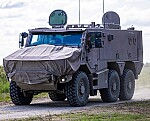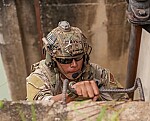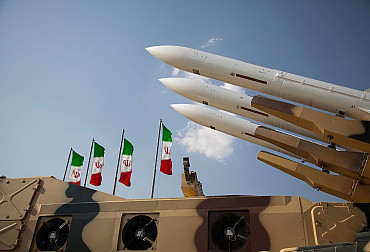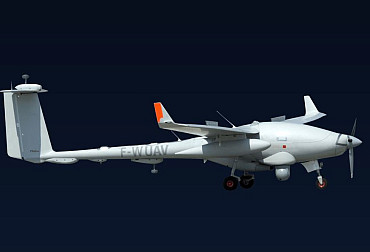Sinwar eliminated. The Israelis stumbled upon the Hamas chief by accident
Israel achieved another major success in its war against terrorists when its soldiers in the Gaza Strip succeeded in neutralizing Hamas chief Yahya Sinwar, who was directly responsible for the October attack on Israel. The man, who disappeared into the tunnels after the vicious attack, was tracked down by Israeli forces by sheer coincidence. While advancing in the Rafah area of southern Gaza, he was discovered by one of the patrols following a group of gunmen. DNA tests on the remains of one of them confirmed that he was indeed Hamas's top leader. This news comes less than a month after the elimination of Hezbollah's Islamist ally, Hassan Nasrallah, in Lebanon, where Israel continues strikes to drive terrorists out of territory north of the shared border.
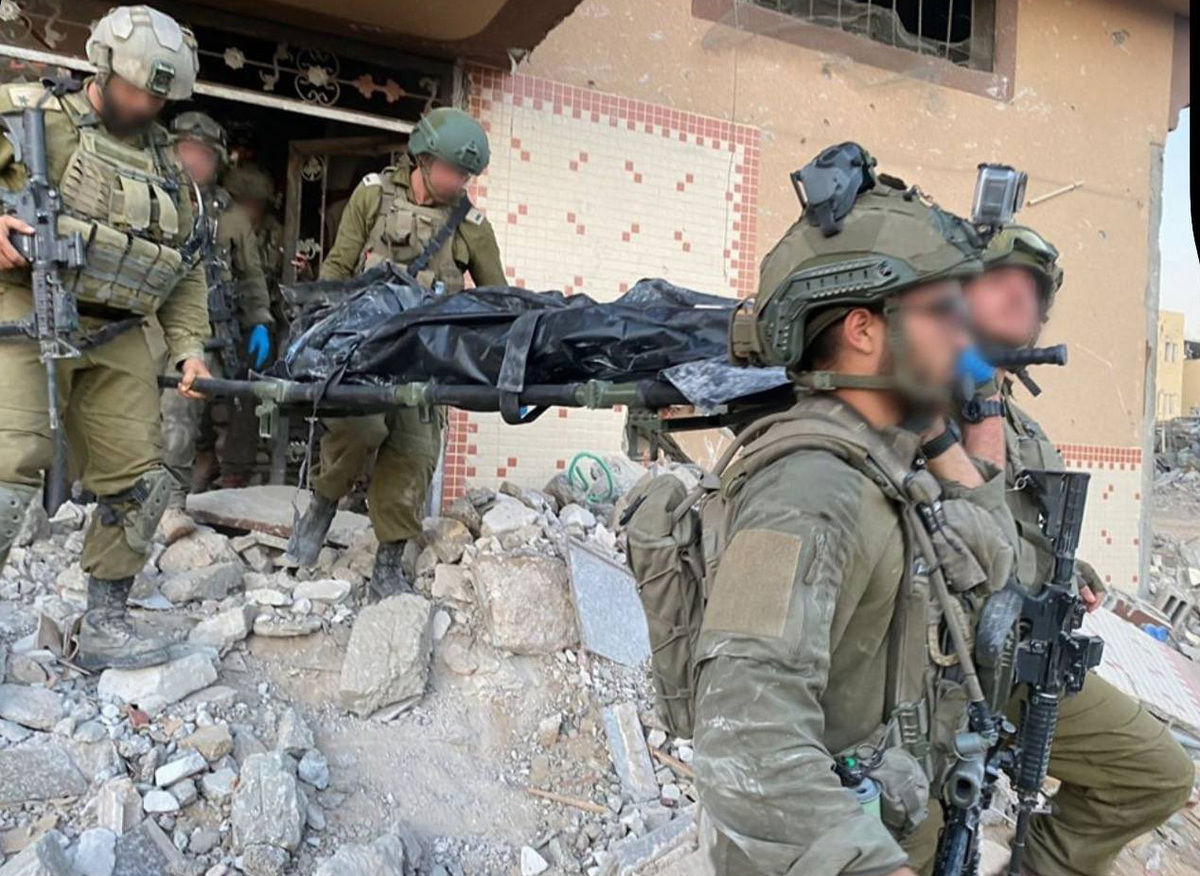
The butcher of Khan Yunis, the face of evil, and the mastermind behind the worst attack against Jews since the Holocaust—these are the nicknames Yahya Sinwar, who has been the leader of Hamas and Israel's primary target since August this year, earned over his years of building a terrorist career. Sinwar, 61, has incited Palestinians against Israel for years, and the October 7, 2023 attack was the culmination of his brutal rhetoric. Under his command, Islamists and their allies from other groups slaughtered around 1,200 Israelis, mostly civilians, and took approximately 250 people hostage. This led to a large-scale Israeli military operation aimed at destroying the terrorist infrastructure under Sinwar’s leadership. Then, while still a Hamas double (following the killing of Ismail Haniyeh in Tehran this July), Sinwar, along with his family and several hostages, disappeared into an intricate system of tunnels beneath densely populated areas.
The last time he was indirectly heard of was when Israel released a video in February showing Sinwar in one of the tunnels in southern Gaza under Khan Yunis with his wife, children, and brother. Known for his cruelty—even toward Palestinians, whom he killed with a machete on suspicion of collaborating with Israel—Sinwar’s continued presence in Gaza fueled Israeli efforts to capture him. Despite eliminating more than 15,000 members of Hamas and other groups, Israel had failed to locate him until Wednesday, October 16, when they stumbled upon him by chance a few kilometers south of his last suspected location near the Egyptian border in Rafah.
An Israeli unit from the 828th Bislamah Brigade was patrolling the Rafah Tal al-Sultan area when they spotted three gunmen heading toward a heavily damaged building. The soldiers followed them and deployed a drone, which captured the final moments of the masked Sinwar as the wounded Hamas leader futilely tried to fend off the drone with a stick. Moments later, the Israelis fired a tank round at the house, killing all three terrorists on the spot.
This is footage from an IDF drone moments before arch terrorist Yahya Sinwar was eliminated.
— Israel Foreign Ministry (@IsraelMFA) October 17, 2024
Justice has been served. pic.twitter.com/k5vSJfxdxp
At the time, the soldiers found nothing remarkable about the incident—there were no heavily armed guards or Israeli hostages, estimated to be around 50, at the site. They only returned the next morning, Thursday, October 17, and upon inspecting the bodies, one bore a strong resemblance to Yahya Sinwar. He had sustained multiple injuries and was half-buried under debris, but features like his bad teeth and distinctively shaped ears raised suspicions. One further piece of evidence confirmed the identity. Sinwar had spent 22 years in an Israeli prison since 1989 for the murder of both Israelis and Palestinians. During his imprisonment, Israeli doctors had saved his life by performing surgery to remove a brain tumor, and the resulting DNA samples allowed Israel to confirm his identity.
"After completing the identification process, we can confirm that Yahya Sinwar has been eliminated," the Israeli army announced after comparing DNA samples. According to the United States, a significant obstacle to peace in the region has been removed, and the Palestinians now have the opportunity to establish a legitimate government. "This obstacle has clearly been removed. However, we cannot predict whether Sinwar's replacement will agree to a ceasefire, but this eliminates a major hurdle to achieving one in recent months," said U.S. State Department spokesman Matthew Miller, according to Reuters. He added that Sinwar’s Hamas had rejected all ceasefire negotiations in recent weeks. "Today we evened the score. Today, a blow was struck against evil, but our task is not yet complete. To the families of the hostages, I say: This is an important moment in the war. We will continue with full force until all your loved ones, our loved ones, are home," commented Israeli Prime Minister Benjamin Netanyahu.
Sinwar’s elimination occurred one year and nine days after the attack on Israel. In retaliation, Israel expanded its operations in northern Lebanon, targeting Hezbollah, which is also supported by Iran. After dismantling Hezbollah's entire command structure in Beirut at the end of September, Israeli forces entered southern Lebanon, where they began clearing out Islamist cells that had increased rocket attacks on Israeli towns in recent months. Like Hamas in Gaza, Hezbollah hides its weapons and infrastructure in or beneath civilian buildings.
Washington has expressed concern over civilian casualties, while the UN reported that its UNIFIL peacekeeping force in Lebanon has been repeatedly targeted by Israeli fire, causing several injuries. Israel denies targeting the mission, which has supported the weak Lebanese army in expelling Hezbollah from the border area since 2006, but it has repeatedly warned UNIFIL personnel to stay clear of active combat zones.




